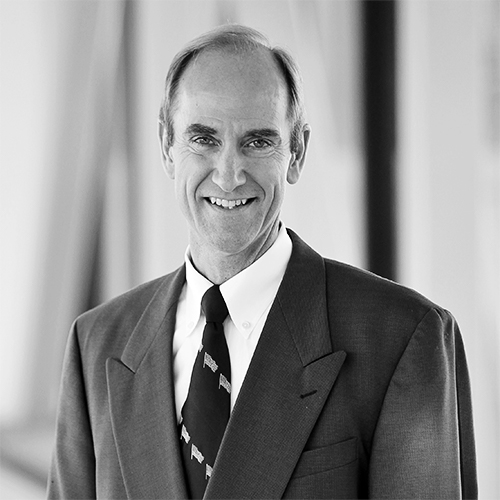For more than nine decades, Ingalls Health System has proudly held on to its independent status as a surgical community hospital serving those around the Chicago south suburb of Harvey, Illinois. But as with many other nonprofit healthcare systems in the area, Ingalls recently took action against new, growing threats to its sustainment with a big move.
In November 2015, Ingalls reached an agreement to merge with University of Chicago Medicine, an academic medical center in Chicago’s Hyde Park neighborhood and one of the area’s largest health systems, with more than $1.44 billion in operating revenue last year—a figure more than four times that of Ingalls.
Ingalls had been seeking a healthcare partner that could help recruit physicians to the poor community and develop operating efficiencies, according to Andy Stefo, Ingalls Health System’s CFO.
Ingalls CEO Kurt Johnson has stated publicly that it stayed independent until it was no longer a viable option. Stefo notes that it had to adapt and evolve in order to continue providing the same level of care to the community for which it’s always been known.
The initial discussions about a possible merger began in November 2014, when the leadership team sat down with the medical staff and the hospital’s board to talk about the options. Not long after, they solicited community input to ensure that those served by the hospital were behind the decision.
“We tend to be a nimble organization and creatively embrace solutions that other hospitals may not embrace.”
“We then worked with a consulting firm over the next ten months and issued what I will call requests for proposals to ten different hospitals or health systems,” Stefo says. “We weighed the pros and cons of what we were seeing, and it came down to three players. We had formal presentations last July and narrowed it down to two.”
Around Thanksgiving 2015, after simultaneous negotiations with both candidates, Ingalls decided that University of Chicago Medicine was the best partner for its needs.
Since the first of the year, Ingalls has been executing traditional due diligence and regulatory approval for the merger and expects the transition to be complete by fall 2016.
Currently, Ingalls Health System has a 356-bed hospital in Harvey with 450 physicians in thirty medical and surgical specialties, plus Ingalls Cancer Care, Ingalls Advanced Orthopedic Institute, Ingalls Heart Care Center, Ingalls Home Care & Hospice, extensive inpatient and outpatient behavioral health services, and three comprehensive outpatient Family Care Centers throughout Chicago’s south suburbs.
“We are a unique healthcare system in the sense that the hospital itself is located in the community of Harvey, whereas our three ambulatory sites are located in typical suburban communities,” Stefo says.
“There really isn’t another system quite like us. We historically have had a very strong clinical image and reputation in the Southland area, and we oftentimes were the place people would intentionally go because of our reputation.”
The economic hub of Chicago was its Southland region until the 1950s, when its general conditions began to enter a sustaining decline.
While every Southland business was impacted, including those in healthcare, Ingalls managed to continue thriving as an important member in its community.
“The key to sustainment is, we tend to be a nimble organization and creatively embrace solutions that other hospitals may not embrace,” Stefo says. “Our physicians are largely independent, historically, and they like practicing here.”
University of Chicago Medicine, likewise, expects to reap plenty of its own benefits from the merger. Stefo notes that Ingalls will assist its partner to broaden its access to the Southland area.
For example, University of Chicago Medicine is already constructing a new, 100,000-square-foot outpatient site in Orland Park this year, which should create synergies with existing Ingalls sites.
Unlike a lot of organizations involved in similar healthcare transactions, Ingalls was not a distressed hospital. It is a hospital with sustained success in a challenging market where many others had struggled.
“We are bringing a strong balance sheet to the combined organization, and have a very good community base to start with. We provide the beginnings of a potentially larger geographical base,” Stefo says. “We have a common vision in terms of what needs to happen in the Southland.” AHL

